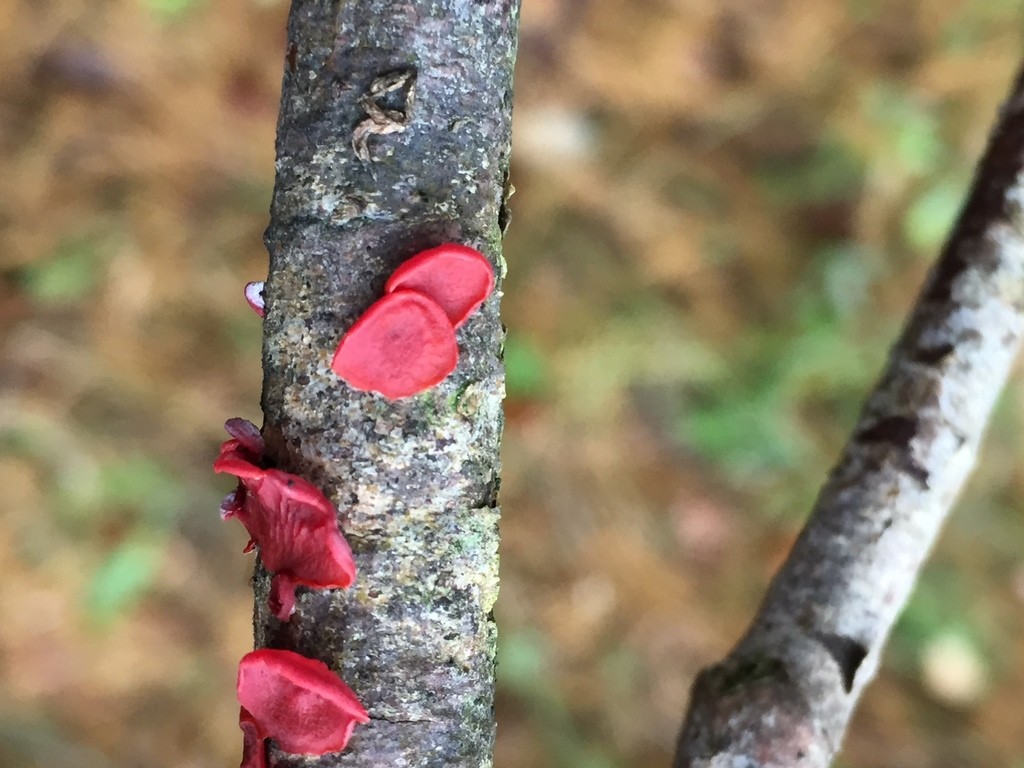Cytidia
Scientific name: Cytidia
Cytidia
Scientific name: Cytidia
 Photo By Carl-Adam Wegenschimmel , used under CC-BY-4.0 /Cropped and compressed from original
Photo By Carl-Adam Wegenschimmel , used under CC-BY-4.0 /Cropped and compressed from original Description
Cytidia are a fascinating group known for their unique appearance and growth pattern. They often form jelly-like structures on decaying wood, typically in damp, forested environments. These fungi are especially interesting due to their ability to thrive in cool, moist conditions, making them a common sight in temperate rainforests. Their role in breaking down dead wood helps recycle nutrients back into the ecosystem, supporting numerous forms of plant and animal life.
Species of Cytidia
Scientific Classification
Phylum
Club fungi Class
Mushroom-forming fungi Order
Corticiales Family
Corticioid fungi Genus
Cytidia